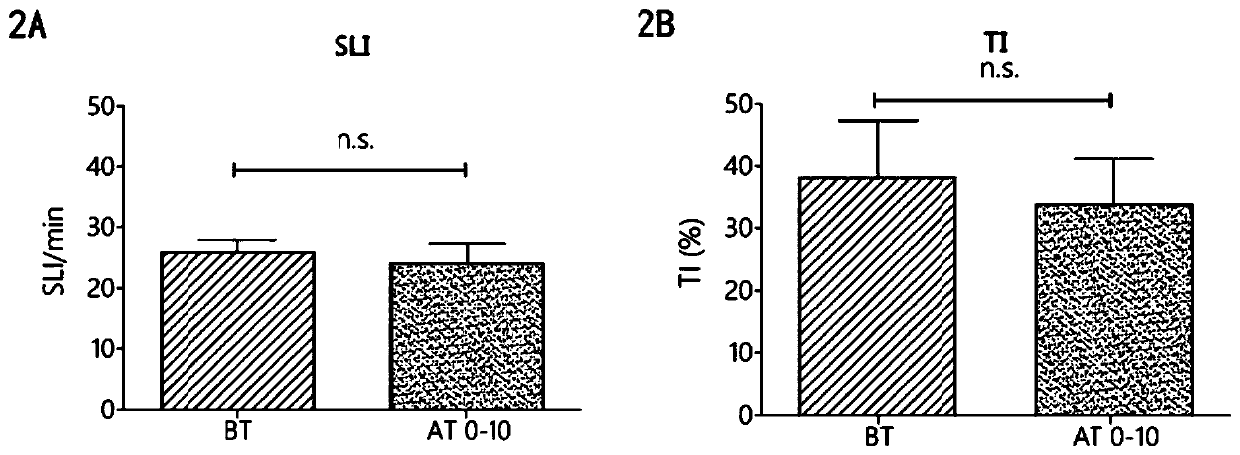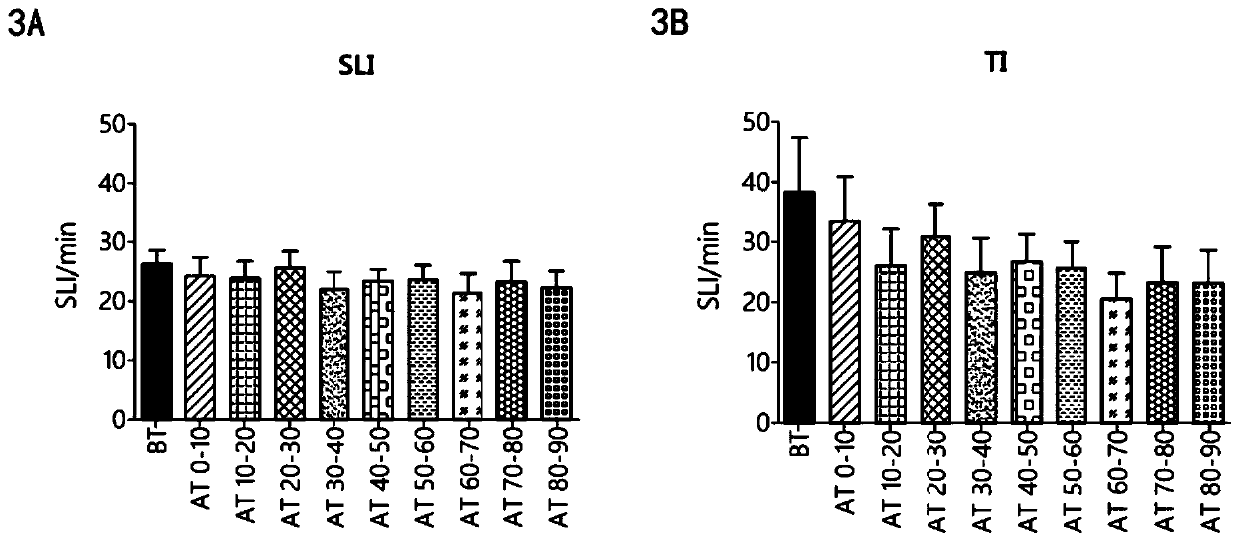Use of cgrp receptor antagonists in neuroprotection and neurological disorders
A receptor antagonist, calcitonin technology, used in the treatment of diseases related to high LDL levels, can solve problems such as ganglion cell apoptosis
- Summary
- Abstract
- Description
- Claims
- Application Information
AI Technical Summary
Problems solved by technology
Method used
Image
Examples
Embodiment approach 1
[0232] The effect of a peptide CGRP receptor antagonist (SEQ ID NO: 1 ) on locomotor activity in C-nociceptors in a rat model of nerve injury was assessed.
[0233] To investigate the effect of CGRP receptor antagonists on pathological spontaneous activity in C-nociceptors, the following experiments were performed on Sprague-Dawly rats. Crush-induced sciatica developed in 12 male Sprague-Dawley rats. Spontaneous activity in injured C-nociceptors was then examined using microneurographs and responses to CGRP receptor antagonists were assessed under open-label conditions. This study aimed to evaluate the effect of CGRP receptor antagonists on electrophysiological measures of spontaneous activity in a subpopulation of impaired C-nociceptors in a model of neuropathic pain and to investigate the effect of CGRP receptor antagonists on peripheral C-nociceptors Effects of pathological locomotor activity.
[0234] Materials and methods
[0235] All experiments were performed in ac...
Embodiment approach 2
[0292] Embodiment 2: Use of CGRP Antagonists in Rat Experimental Glaucoma Model
[0293] Ganglion cells of the retina and optic nerve are the main sites of injury in glaucoma. The initial damage can be several possibilities, such as genetic mutation, elevated intraocular pressure, or oxidative damage, all of which can lead to ganglion cell apoptosis, a natural but usually quiescent pathway, When activated, it causes cell death. Diseased, injured or stressed cells essentially "suicide". Vision researchers have now studied many steps in the apoptotic pathway of ganglion cells and can begin testing inhibitors that could block this pathway, thereby at least slowing down ganglion cell dysfunction and death.
[0294] The aim of this study was to investigate the neuroprotective properties of CGRP antagonists in a rat experimental glaucoma model.
[0295] In this study, Wistar rats (n=12) were used for experiments. The neuroprotective properties of the compound were investigated...
Embodiment approach 3
[0335] Embodiment 3. Evaluation of the effect of CGRP receptor antagonist administration on LDL levels in rats
[0336] Familial hypercholesterolemia (FH) is a genetic disorder characterized by high cholesterol levels, especially high levels of low-density lipoprotein (LDL) in the blood and early cardiovascular disease. Individuals with FH may have high cholesterol levels that are less responsive to standard treatments for controlling cholesterol levels. Without limitation, these types of treatments include statins, selective cholesterol absorption inhibitors, resins (bile acid sequestrants or bile acid binders), and lipid-lowering therapy. However, therapy (including higher statin doses) and lifestyle changes are the standard of care for patients with FH.
[0337] Research
[0338] In the course of a routine study of the peptide CGRP antagonist (SEQ ID NO: 1 ) in order to assess the off-target effects of the compound, it was found that the test compound favorably reduce...
PUM
 Login to View More
Login to View More Abstract
Description
Claims
Application Information
 Login to View More
Login to View More - R&D
- Intellectual Property
- Life Sciences
- Materials
- Tech Scout
- Unparalleled Data Quality
- Higher Quality Content
- 60% Fewer Hallucinations
Browse by: Latest US Patents, China's latest patents, Technical Efficacy Thesaurus, Application Domain, Technology Topic, Popular Technical Reports.
© 2025 PatSnap. All rights reserved.Legal|Privacy policy|Modern Slavery Act Transparency Statement|Sitemap|About US| Contact US: help@patsnap.com



